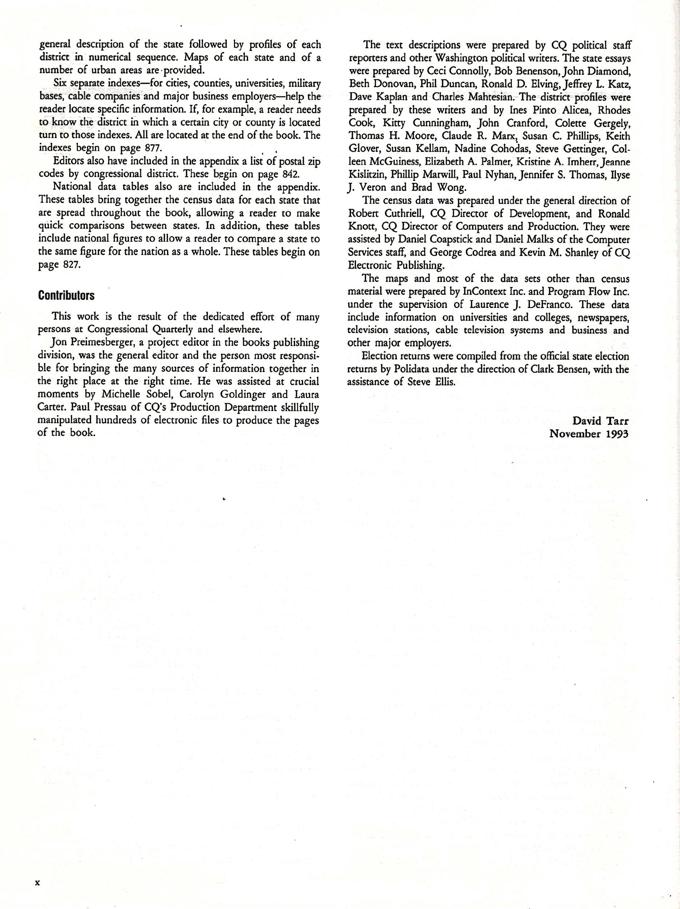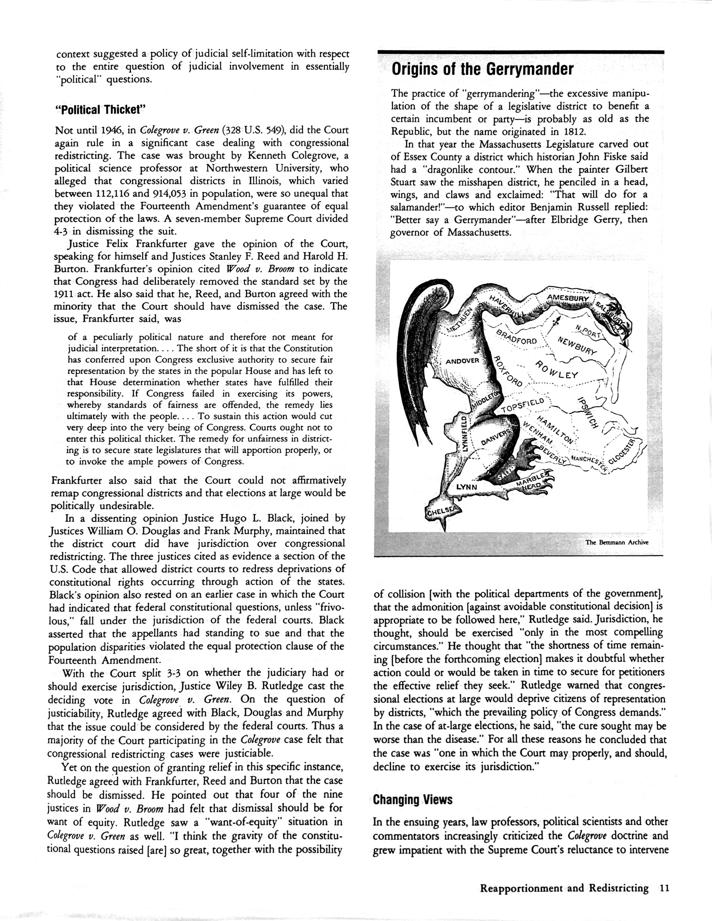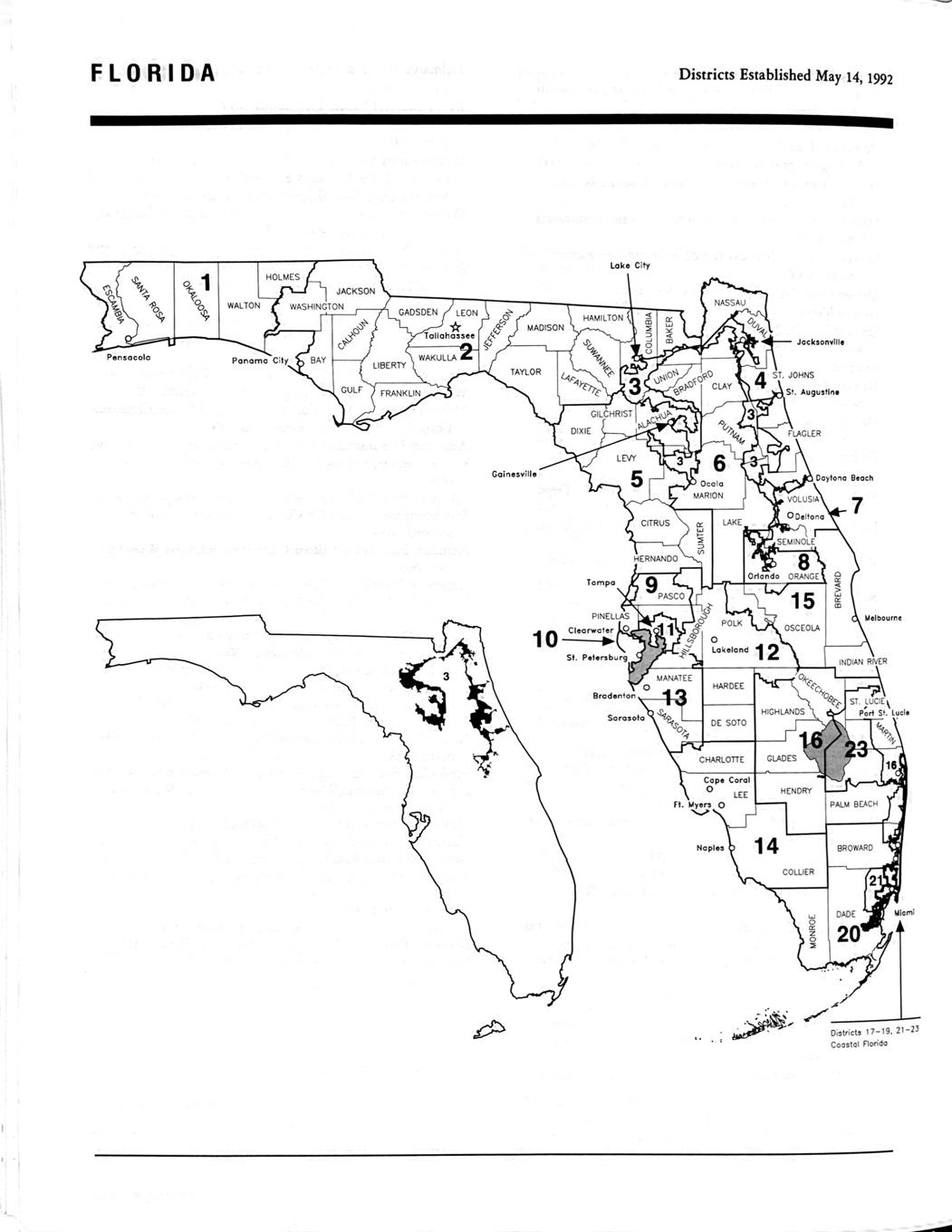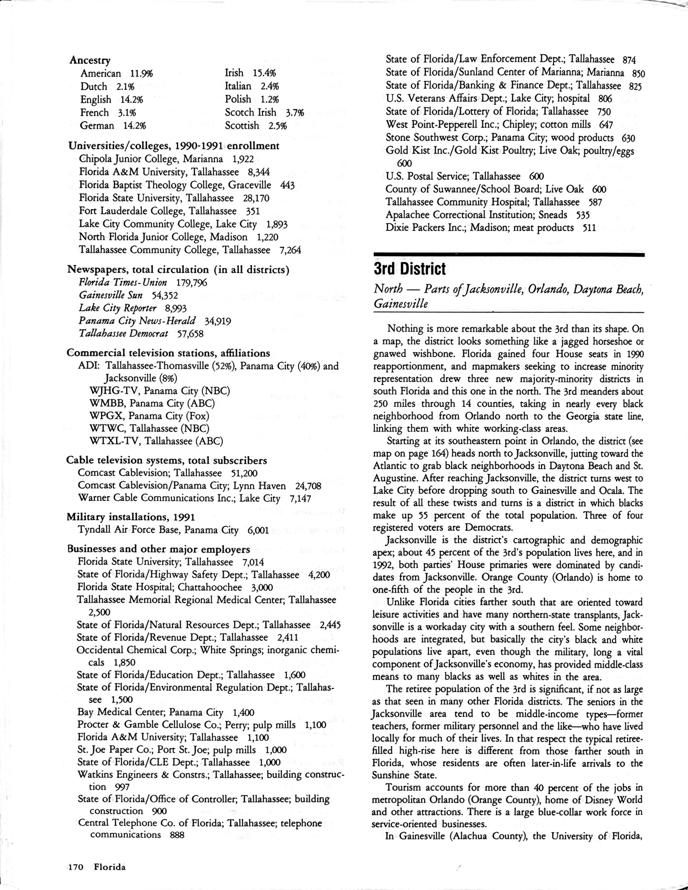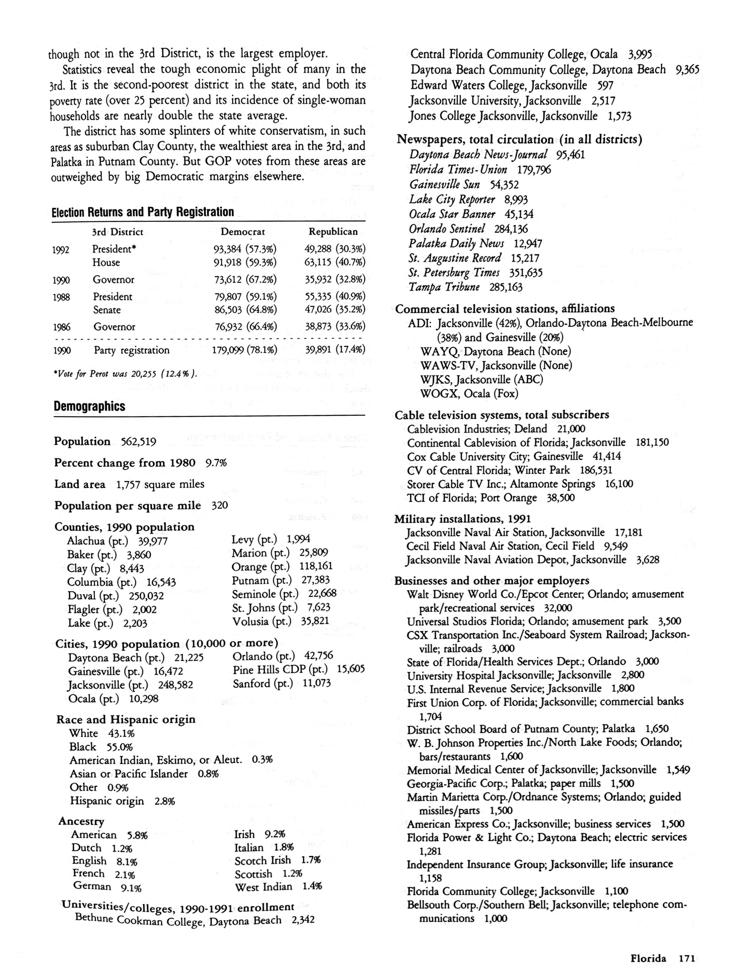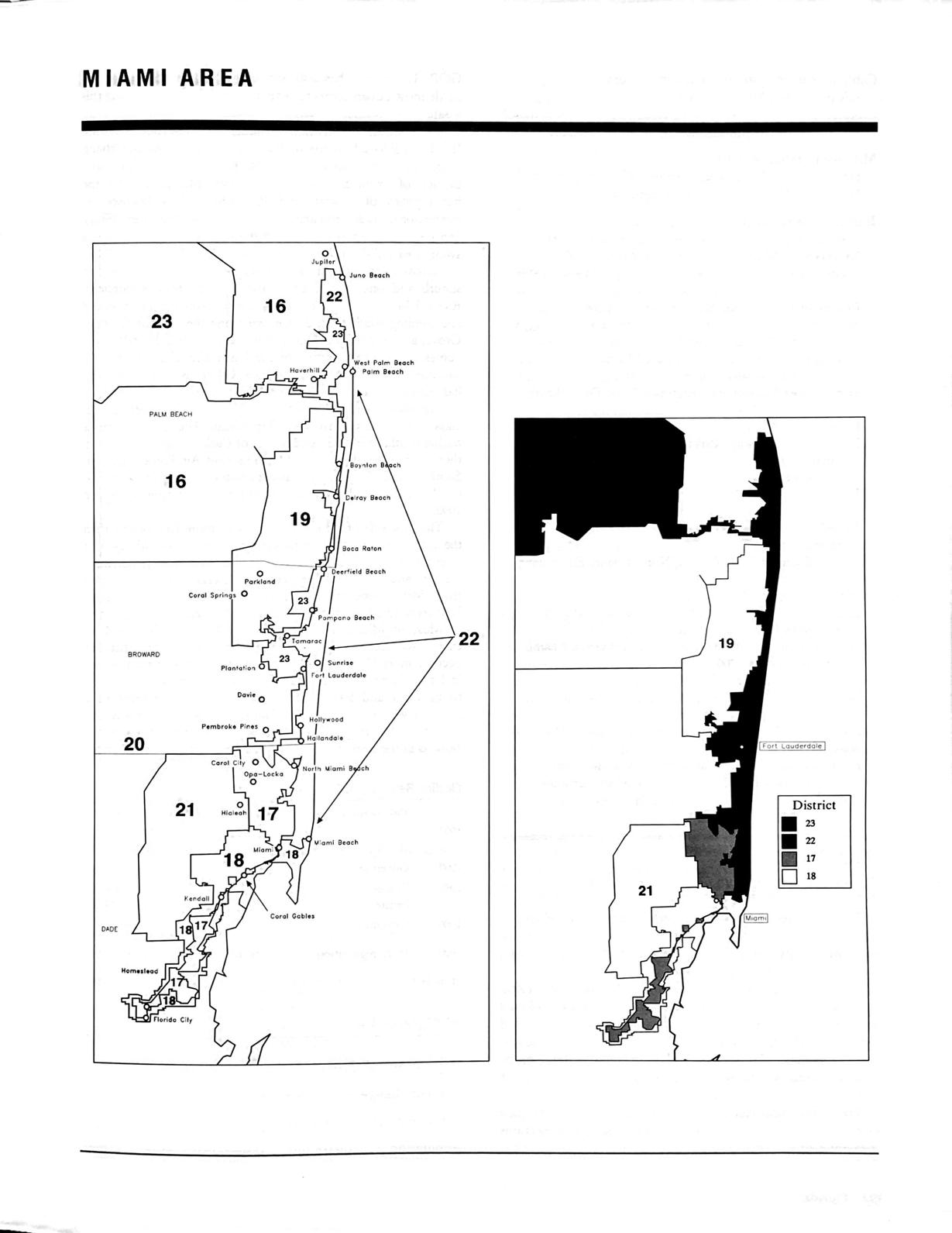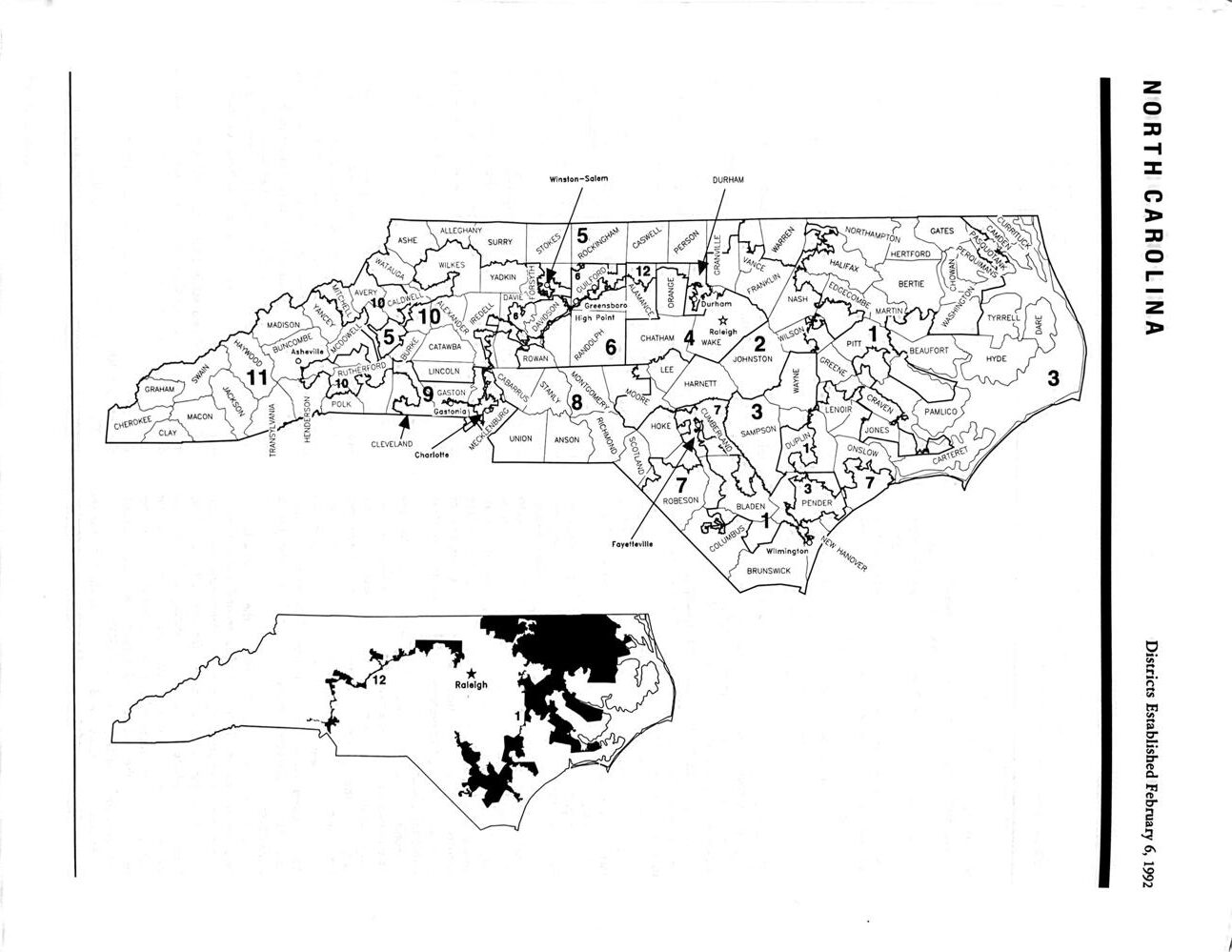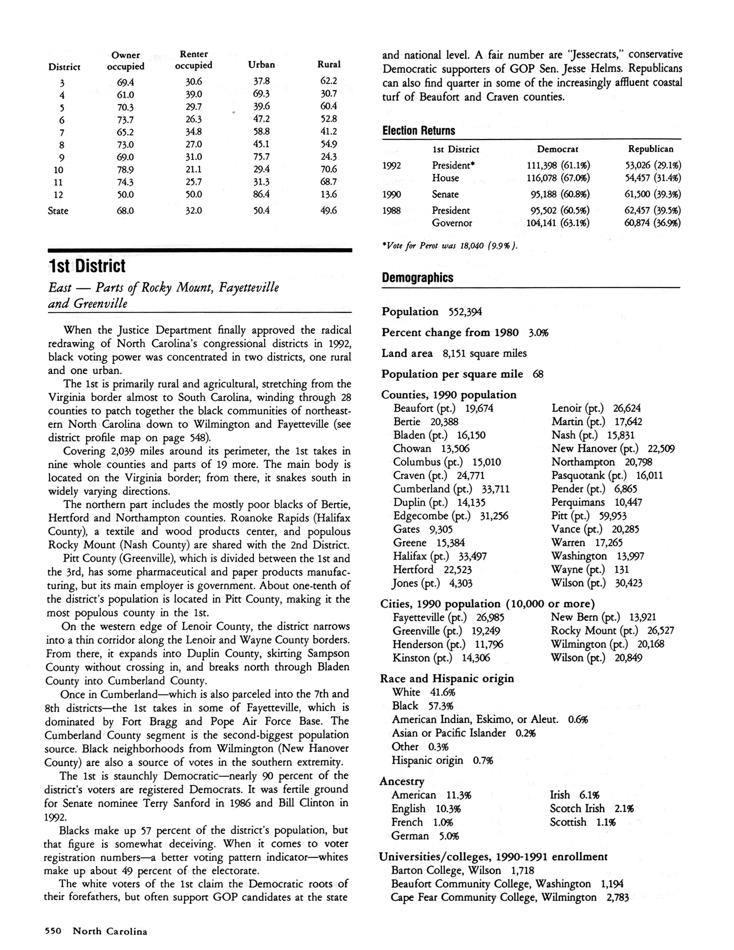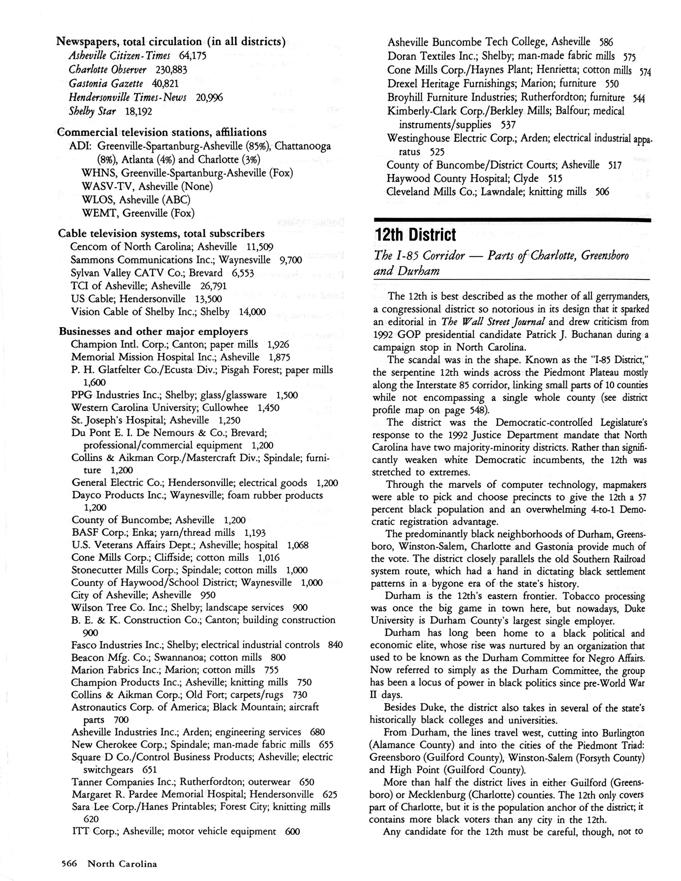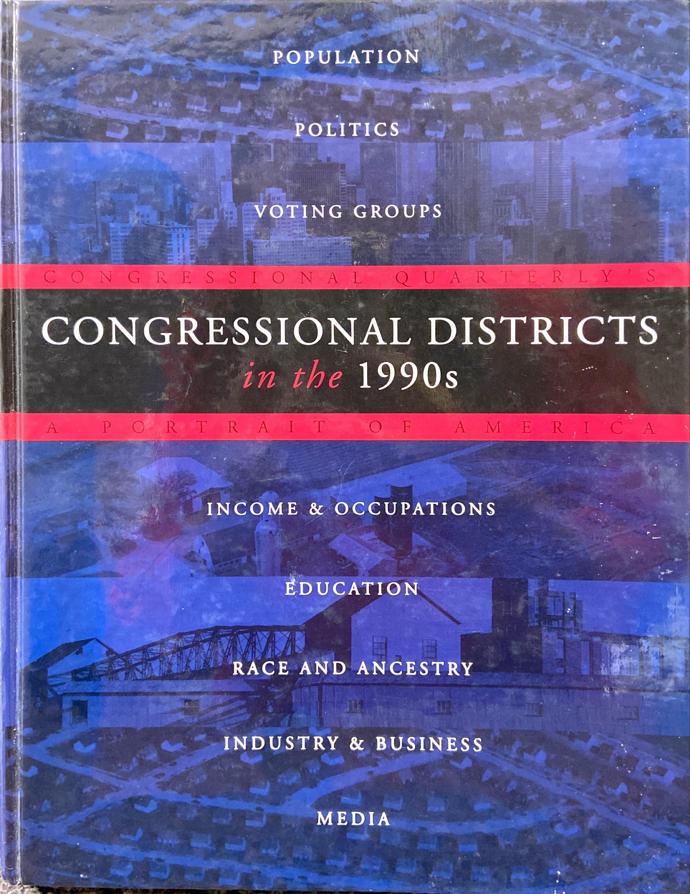
Incontext and Program Flow, the company employing me is mentioned as a contributor.
A little history of germandering.
District 3 (above) snakes thorugh 14 counties to pick up high density black neighborhoods, resulting in a district with 55% black population.
In the Miami area, four very uniquely shaped districts were created: 17, 18, 22 and 23. (See above). In a state with 85% white and 11% black population, district 17 has 54% black population and district 23 has 45% black population. District 18 almost completely surrounds district 17, but has less than 4% black population. District 22, paralleling district 23, but with its eastern border as the Atlantic coast, has less than 3% black population.
In a state with 20% black population, two districts were created (gerrymandered) with 50%+ black population. The two districts were drawn along highway corridors with zero population, in order to capture specific areas of specific cities.

